Buick LaCrosse: Model History and Best and Worst Years
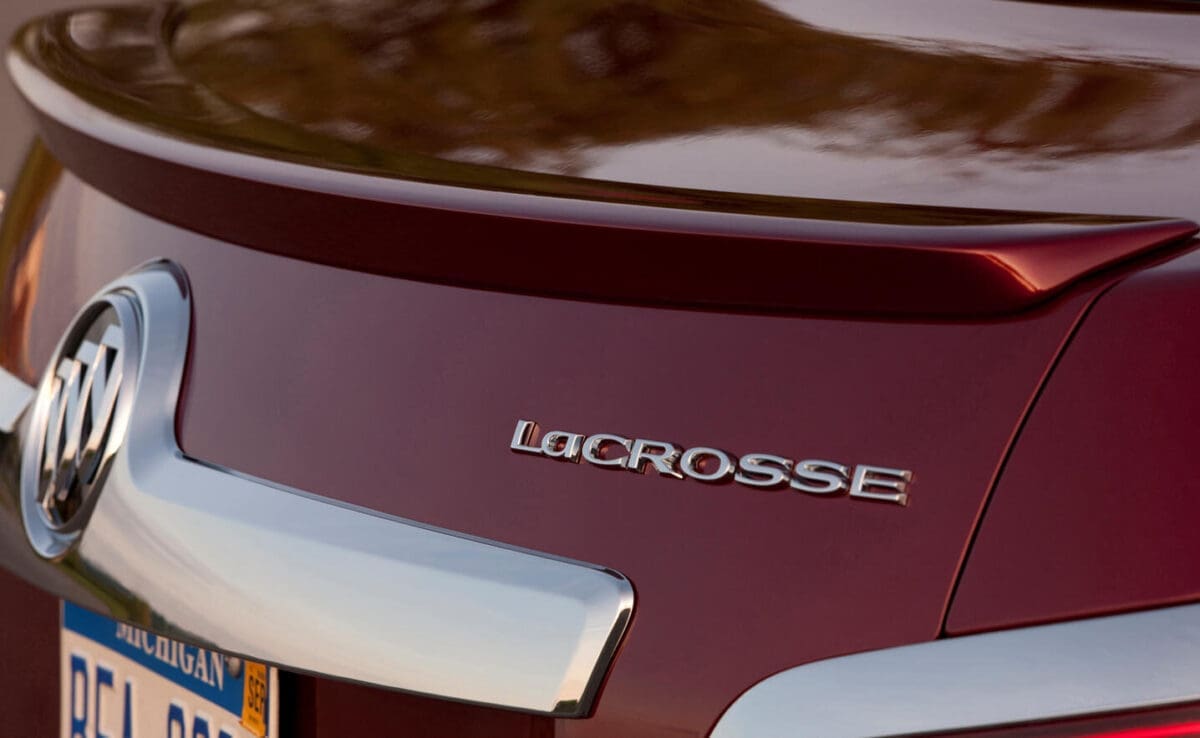
Contents
- Introduction
- Model History
- First Generation (2005-2009)
- Second Generation (2010-2016)
- Third Generation (2017-2019)
- The Best Years
- 2010-2013 Buick LaCrosse (second generation)
- 2017-2019 Buick LaCrosse (third generation)
- 2008-2009 Buick LaCrosse Super (first generation)
- Years to Avoid
- 2005-2007 Buick LaCrosse (first generation)
- 2014-2016 Buick LaCrosse V6 (late second generation)
- The Bottom Line
Introduction
The Buick LaCrosse bridges the gap between traditional comfort and modern innovation. Launched in 2004 as a successor to the automaker’s revered Century and Regal nameplates, it quickly became the brand’s flagship, embodying Buick’s longstanding commitment to luxury and refinement.
Spanning three generations, the LaCrosse’s journey in the automotive landscape culminated with its discontinuation after the 2019 model year. Nevertheless, its legacy persists in the mid-size luxury sedan segment, with its smooth and powerful engines, rich interior amenities, and gracefully evolving design continuing to appeal to a diverse range of buyers.
For used car shoppers seeking a harmonious blend of performance, fuel efficiency, comfort, and style, the Buick LaCrosse remains an enticing choice. In this article, we’ll guide you through its evolution, highlighting generational changes and other significant updates and offering insights into the best years and configurations to seek out — and those to avoid.
Model History
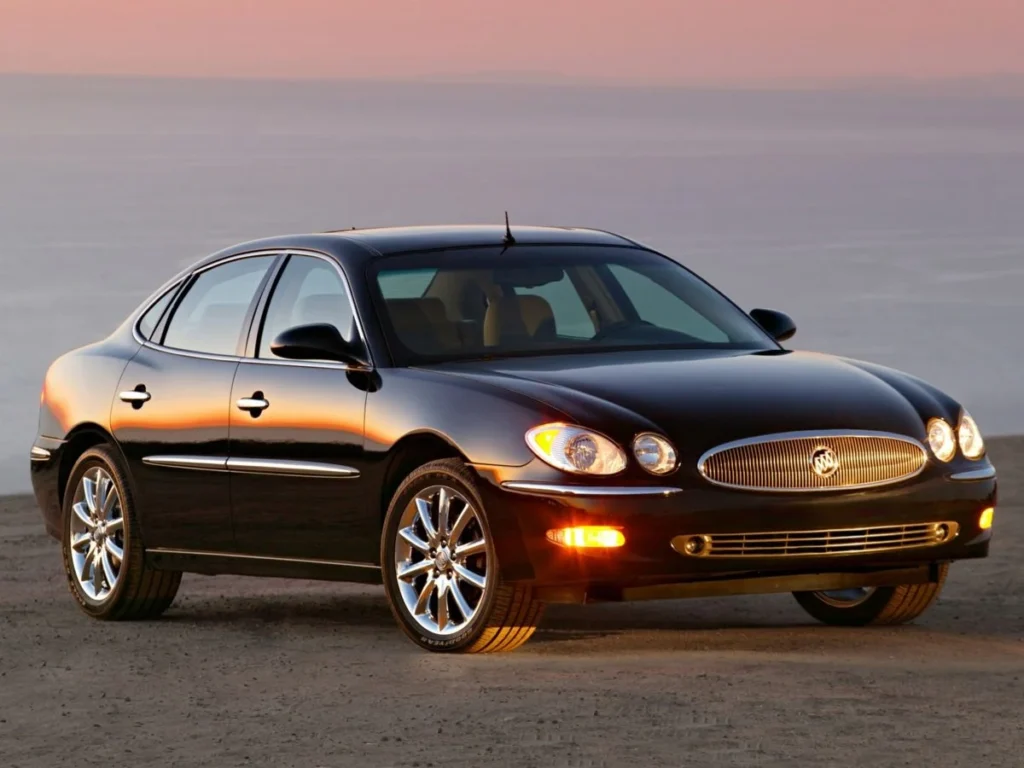
First Generation (2005-2009)
- Introduced an all-new model for 2005
- V6 engines ranging from 200 to 240 horsepower
- The V8-powered Super trim joined the lineup in 2008
The first generation of the Buick LaCrosse was launched in 2004 as a 2005 model, marking a significant step forward for the brand. It was more refined and had a more contemporary design than its predecessors. The base CX and mid-range CXL trims were equipped with a 3.8-liter V6 engine that generated 200 horsepower, while the premium CXS trim featured a 3.6-liter V6 with 240 horsepower.
A minor refresh in 2008 added more standard features and updated the front-end design. That year, Buick also introduced the Super trim, featuring a 5.3-liter V8 with 300 horsepower, giving buyers a sportier option.
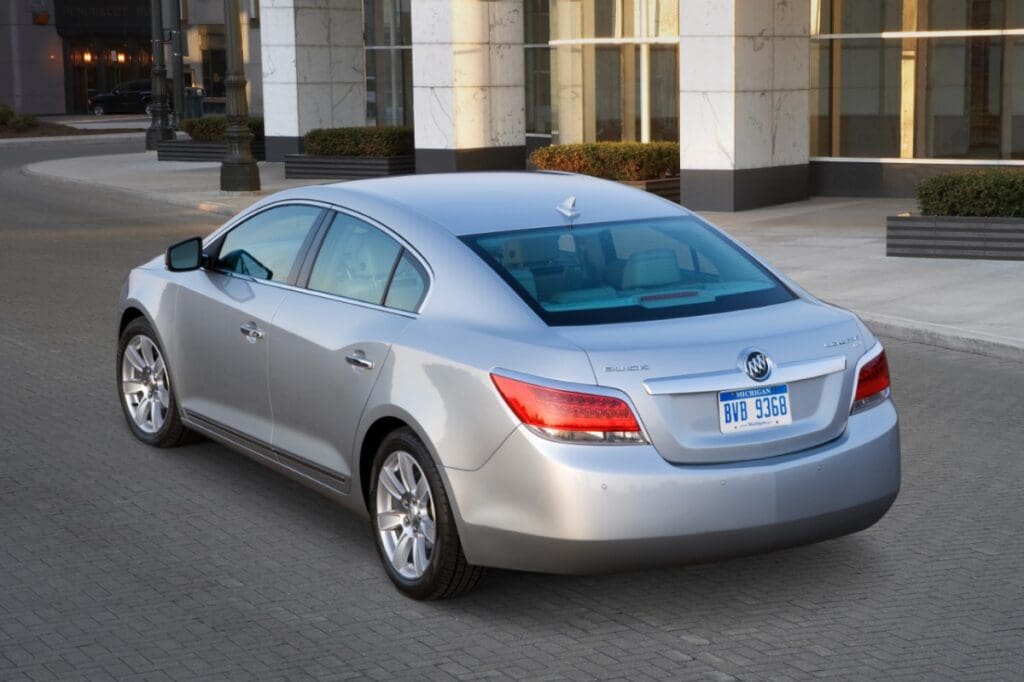
Second Generation (2010-2016)
- Completely redesigned
- New 2.4-liter four-cylinder engine introduced
- Hybrid version, “eAssist,” introduced in 2012
The second generation marked a complete overhaul of the LaCrosse, with a more modern and refined design. Introduced in 2009 for the 2010 model year, it carried forward the luxury essence of the brand but with a more fuel efficient four-cylinder base engine producing 182 horsepower. It was also offered with a 3.0-liter or 3.6-liter V6, available on higher trims.
One significant highlight of this generation was the introduction of the “eAssist” mild hybrid system in 2012. This technology paired the 2.4-liter engine with an electric motor to enhance fuel economy, making it an appealing option for the eco-conscious buyer.
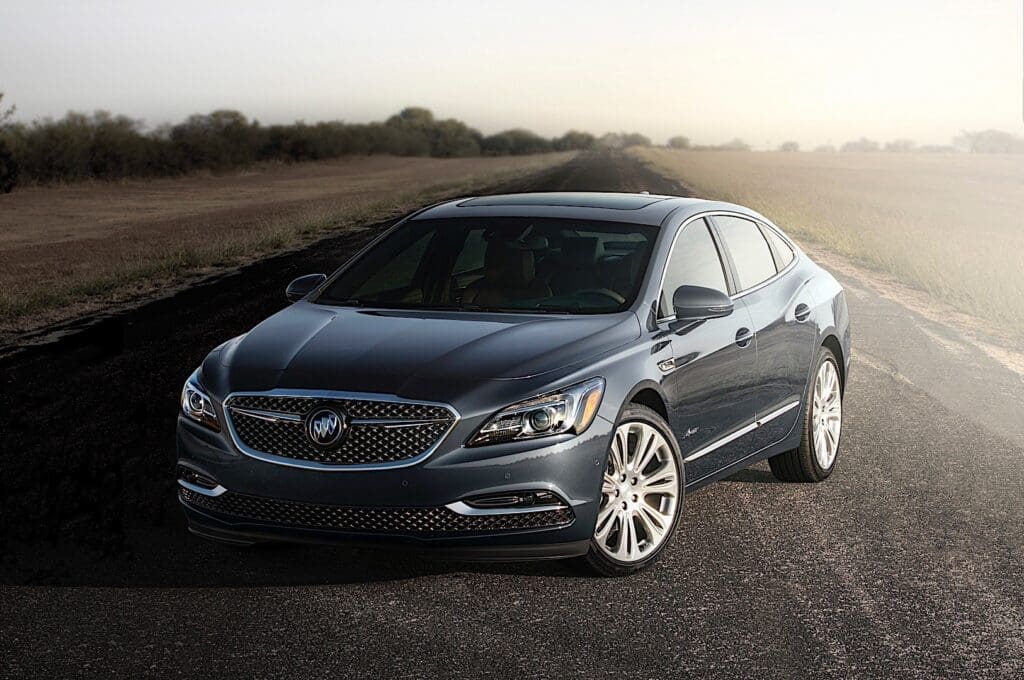
Third Generation (2017-2019)
- Redesigned once again for a sleeker look
- Standard 3.6-liter V6 engine, 310 horsepower
- More advanced safety and technology features
The third and final generation, launched for the 2017 model year, further refined the LaCrosse’s appearance and capabilities. Sporting a sleeker and more aerodynamic look, the third-gen LaCrosse got a standard 3.6-liter V6, delivering an impressive 310 horsepower.
In this iteration, Buick also included more advanced safety features, such as adaptive cruise control and lane-keeping assist. Additionally, the addition of the top-of-the-line Avenir trim in 2018 marked a new pinnacle of luxury within the lineup, with unique styling cues and premium materials setting it apart.
The Best Years
If you’re in the market for a used Buick LaCrosse, we recommend the following versions.
2010-2013 Buick LaCrosse (second generation)
The 2010-2013 Buick LaCrosse offers a comfortable and refined experience that will appeal to those looking for a balance of luxury and value. The second generation’s introduction of the “eAssist” mild hybrid system in 2012 made these years particularly noteworthy for fuel efficiency. Those seeking a comfortable daily driver with enhanced gas mileage will find these models particularly appealing. The build quality during these years is also well-regarded, offering a solid blend of reliability and longevity.
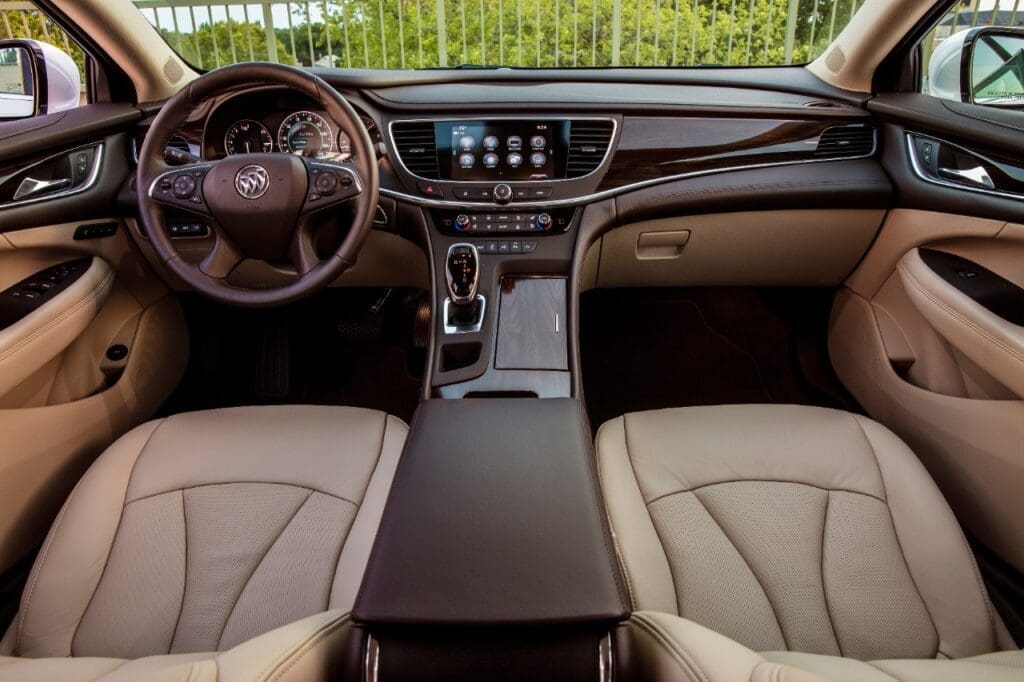
2017-2019 Buick LaCrosse (third generation)
The LaCrosse’s final generation provides a more modern option for buyers interested in performance and advanced safety features. With the standard 3.6-liter V6 engine producing 310 horsepower and added technology like adaptive cruise control, these models cater to a more performance-oriented and safety-conscious audience. The Avenir trim, introduced in 2018, offers a luxurious upgrade with exclusive design elements and higher-end interior appointments.
2008-2009 Buick LaCrosse Super (first generation)
For performance enthusiasts, the 2008-2009 Buick LaCrosse Super offers an extra dose of driving excitement. Its 5.3-liter V8 engine delivers 300 horsepower, a noticeable increase over the other trim levels of this generation. Paired with sportier suspension tuning and unique styling cues, the Super is best suited for those who appreciate the extra power and are willing to compromise a bit on fuel efficiency to get it.
Years to Avoid
We suggest you steer clear of these versions of the Buick LaCrosse.
2005-2007 Buick LaCrosse (first generation)
The early years of the Buick LaCrosse, specifically the 2005 to 2007 models, have been noted for some quality control issues. These models often come up in owner forums and consumer reviews with complaints about electrical problems and transmission concerns. While the first generation laid the groundwork for the LaCrosse’s place in Buick’s lineup, these years lack the refinement and reliability later models offer.
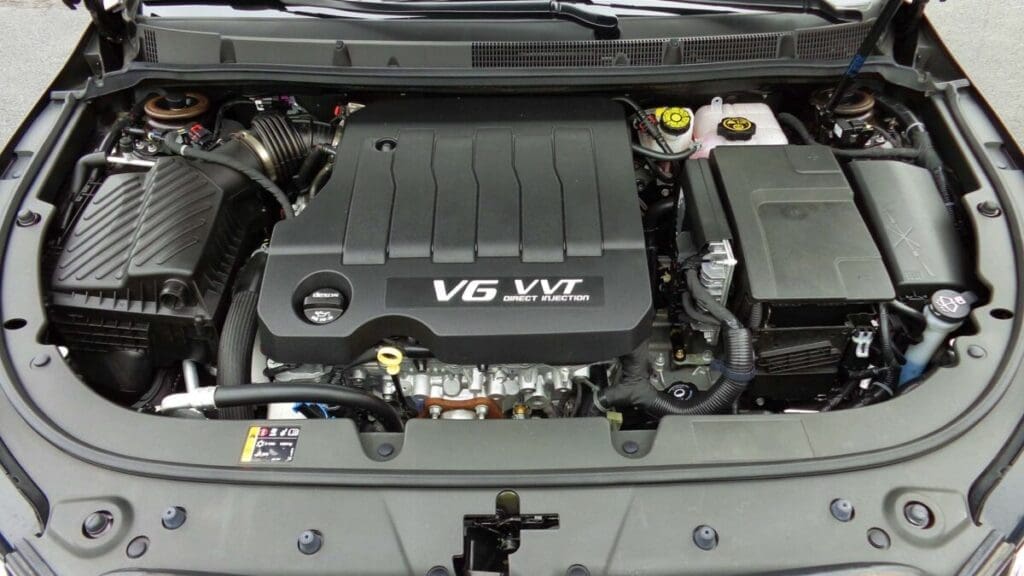
2014-2016 Buick LaCrosse V6 (late second generation)
These years of the second generation, particularly the models equipped with the V6 engine, have been noted in consumer reviews and owner forums for some mechanical issues. Specifically, some have reported problems related to the water pump and other cooling system components. While less widespread than the issues in the early first generation, these concerns could lead to costly maintenance or repairs. This makes the 2014-2016 models with the V6 less appealing for those seeking long-term reliability.
The Bottom Line
Those looking for an accessible entry into luxury motoring will find the LaCrosse’s later models especially appealing, thanks to their contemporary features and performance enhancements. At the same time, the fuel-efficient “eAssist” versions present an option for those conscious of environmental impact and running costs.
However, it’s not a one-size-fits-all proposition. Potential LaCrosse buyers should be mindful of the variations across generations and trims, focusing on the specific attributes that align with their needs, whether that’s performance, fuel efficiency, comfort, or a particular combination of features.
As with any used car purchase, we recommend having any example you’re seriously considering inspected by a qualified mechanic before finalizing the deal.
Photos courtesy of Buick